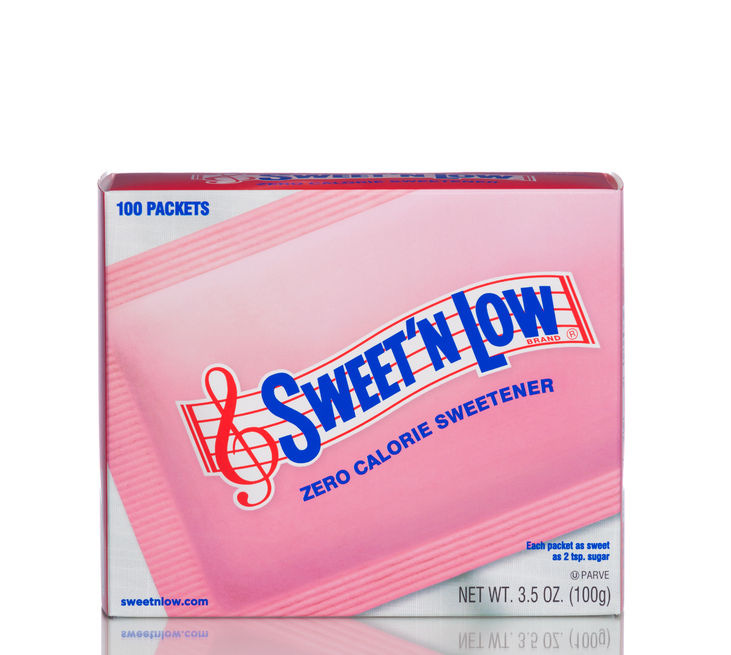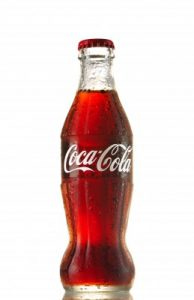I grew up in the 1960s with a father who dropped a tiny white saccharin pellet into his coffee every morning.
Yep, that tiny pellet was saccharin, a sweetener daddy first started using in India during WWII in the 1940s. Saccharin was brought into India from China, and according to what my father was told in the war, it was made from a plant root in China.
Back then (like today), the amount of saccharin needed was very small because it is bitter if you use too much. Before aspartame, Monsanto didn't make a lot of money off saccharin. I guess you can't make lots of money off tiny pellets.
The thing is ... saccharin was always perfectly safe before the new discovery called aspartame entered the sugar-free scene. GD Searle Pharmaceuticals was the company that first discovered aspartame in the 1960s, but Monsanto took over the patent when they bought out Searle in 1985.
Monsanto owned the patent on saccharin when they bought the patent for aspartame, so they now owned them both. Saccharin used in Fresca® and Tab® never netted Monsanto high profits. All bets were on NutraSweet/aspartame turning this around.
The discovery of aspartame is most interesting - it started as an ulcer drug. A sweet ulcer drug.
Searle really didn't expect this "ulcer drug turned diet sweetener" to be successful, but if they could pull this off, their plans were to revolutionize the diet industry - and make the big bucks. When Monsanto bought out G.D.Searle, they used the "saccharin cancer warning scare" to pump up NutraSweet sales, but just in case the research became public showing that aspartame caused brain tumors, birth defects, and cancer, they didn't pull saccharin from the market until they felt comfortable that their new NutraSweet campaign was going to pay off.
At the time they labeled saccharin as a carcinogen in the 1970s, the Big Corps and the FDA agreed to lift the cancer warning from saccharin labels in the year 2000 - they knew all along that saccharin never caused cancer. They duped us all.
Please read my books Sweet Poison, and Splenda: Is It Safe Or Not? for the saccharin - aspartame - GD Searle - Monsanto history of aspartame and saccharin.
There's a lot to this story.
Saccharin Never Caused Cancer

In a nutshell, saccharin never caused cancer in ANY safety studies, and the FDA did lift the cancer warning in 2001, one year before Splenda came onto the market.
What was the scam?
In the corporate saccharin studies done in the 1960s, saccharin was blended with cyclamate, and the amount of both chemicals given to the lab rats was enough to warrant animal abuse. It was determined that the cancer causing agent was the cyclamate.
Needless to say, all the diet sweetener studies have all been shoddy and flawed.
It's politics and money. Enough said.
Saccharin
Although saccharin is made in the laboratory today, its simplicity is the key to its ability to be used by the body as a safer chemical sugar substitute.
Think of saccharin as the stevia of the 1960s.
Compared to the other manmade sugars today, saccharin is not as “toxically chemically combined”, and it is one of the safer choices for diabetics (especially) who choose from the colorful packets of manufactured sugar replacements sitting on every restaurant tabletop.
When The Government Sued Monsanto
Does it surprise anyone that Monsanto is behind saccharin's tainted history?
In 1902, Monsanto gained its reputation manufacturing saccharin, the company’s first product. In 1903 to 1905, their entire saccharin output was shipped to the growing soft drink company in Georgia called Coca-Cola®.
In 1917, the U.S. government filed suit over the safety of saccharin. Filed at Monsanto’s request, the suit was dismissed in 1925, ending any government attempts to show saccharin as harmful.
In 1981, saccharin was again questioned as a carcinogen, but no conclusive scientific proof was ever presented at this time. In 2001, the cancer warning was removed from saccharin products as saccharin was shown, once again, to be safe for human consumption.
It was safe all along.
It never mattered to Monsanto if you picked the pink or blue packet because Monsanto Chemical Company owned both products (saccharin and aspartame) for over twenty years. Blue or pink - they won your dollar.
In the year 2000, they sold their NutraSweet sweetener division for $440 million, just in time for the competitor’s yellow packet of Splenda to join the sweetener market.
So, Is Saccharin Safe?
I don't advocate using any of the artificial sweeteners, but based on saccharin's history and the real research - saccharin is your safest bet when choosing a colored sweetener packet placed on your dining table. Especially for diabetics.
Saccharin has never done harm to anyone like the blue, yellow, or white packets have.
Hum, I wonder if it's still used in those bottled Coca Colas?
____________________________
You have our permission to reprint this article if you attribute us with a live back-link to this article and the youtube links. https://janethull.com/healthynews/
Disclaimer: This article is for informational purposes only, and is educational in nature. The FDA may not have evaluated some of the statements. This article is not intended to diagnose, treat, cure, or prevent any disease. Please discuss with your own, qualified health care provider before adding supplements or making any changes to your dietary program.
Before taking vitamins, consult your doctor; pre-existing medical conditions or medications you are taking can affect how your body responds to multivitamins.




